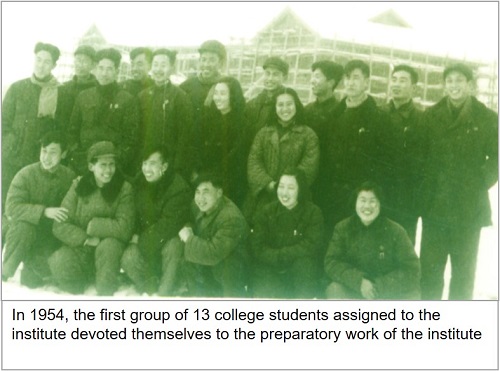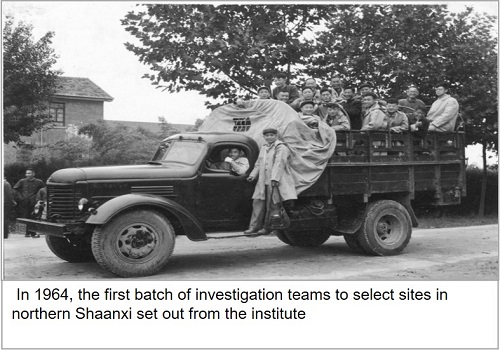The Institute of Soil and Water Conservation, the Chinese Academy of Sciences and the Ministry of Water Resources. originally named as the Northwest Agri-biology Institute attached to the Chinese Academy of Sciences (CAS), was officially founded in 1956. It was the first research institution of its kind in northwest China. The institute used several names and the present name was endorsed by the State Scientific and Technology Commission in 1995. The ISWC was included in the first group of institutions for the Pilot Project of Knowledge Innovation Program (PPKIP) by the CAS in 1998 and has merged with other 6 institutions at Yangling to form the new Northwest Agricultural and Forestry University since 1999. In 2001, the CAS and the Ministry of Education (MOE) of PRC jointly established the Research Center of Water and Soil Conservation and Ecological Environment, and continue supporting the center as one of the CAS’ PPKIP research institutions.




The Development goals of ISWC are aiming at the frontiers in sciences and disciplines and facing national key requirements, ISWC is committed to the scientific research and demonstrations on soil erosion and water and sediment changes, the soil and water for land management, vegetation restoration and ecological functions, agricultural water savings and green development; forcing the developments of disciplines related to soil and water conservation, soil science and engineering. ISWC aims to be the base for the first-class scientific research, talent cultivation, social services, cultural heritage and international cooperation and communication. The development goal of ISWC is to be an internationally renowned research institute facing and implementing national strategies including the ecological civilization, the rural revitalization, and the ecological protection and high-quality development of the Yellow River Basin.
It has 8 research units and 1 supporting unit, including the State Key Laboratory of Soil Erosion and Dryland Agriculture on the Loess Plateau,Department of Regional Soil and Water Conservation and Environment, National Yangling Engineering and Technology Research Center for Water-saving Irrigation, MWR (Yangling) Research Center on Soil and Water Conservation,the State Ansai Research Station of Soil and Water Conservation, the State Changwu Agro-ecological Experimental Station on the Loess Plateau, the State Shenmu Experimental Station of Erosion and Environment,Guyuan Ecology Experimental station (Department of Forestry and Grass Ecology). In addition, it has established several important scientific research platforms, such as the artificial simulated rainfall hall, the artificial simulated drought hall and the artificial simulated runoff hall, forming a soil and water conservation scientific research system integrating basic research, applied research, experiment and demonstration, technology transfer and decision-making service. At the same time, there are management service units such as Office of Party and Government, Office of Science and Technology, Office of Personnel and Security, Graduate Department and so on.
By the end of December 2021, there are 196 staff members and 20 guest researchers, including 1 academician of Chinese Academy of Sciences, 1 academician of Chinese Academy of Engineering and 1 academician of International Eurasian Academy of Sciences. 72 senior titles, 59 deputy senior titles; There are 57 doctoral supervisors.
It has three doctorate and master degree programs (Soil Science, Ecology, and Water and Soil Conservation and Desertification Control), one professional master programs (Environmental Engineering), Interdisciplinary Doctoral program of "Land Science and Engineering", and two Post-doctorate Station in agricultural resources and environment and ecology. Currently, there are543 graduate students.
ISWC takes " Unity, Dedication, Realistic and Innovation " as its motto, and has developed the "Loess Spirit", forming a good cultural atmosphere for innovation and laying a good foundation for innovation leap and sustainable development.
About Us